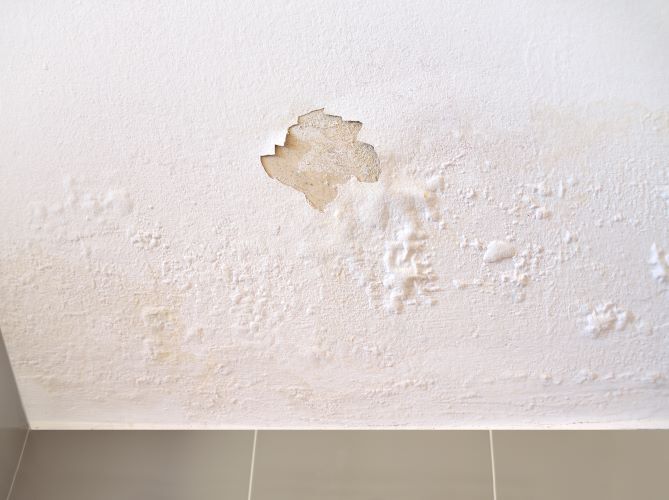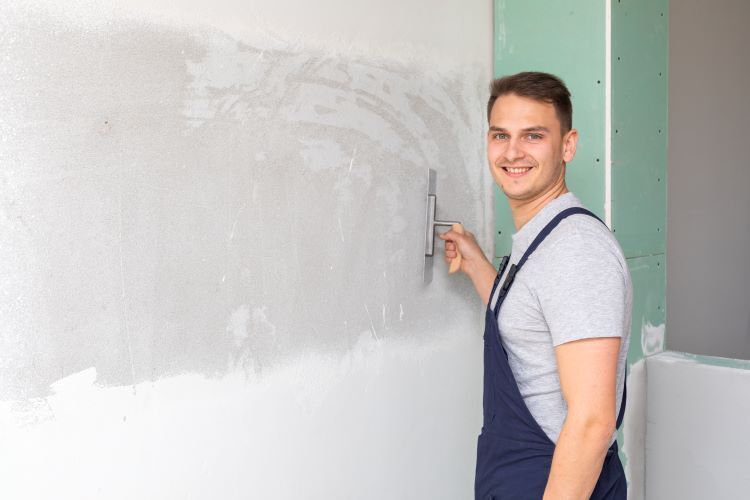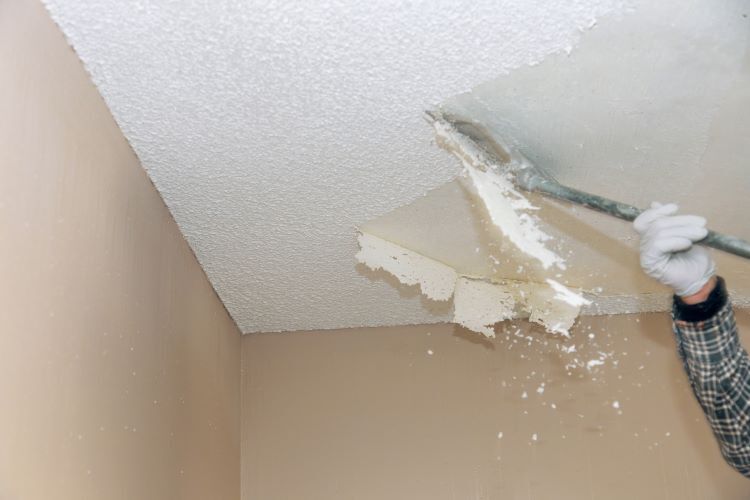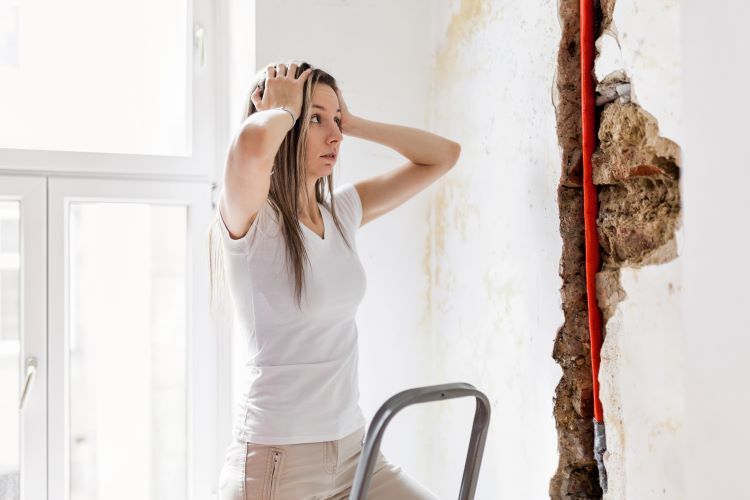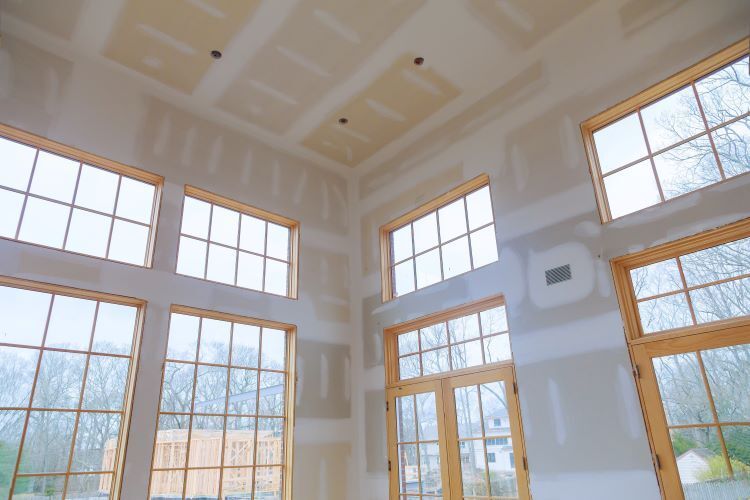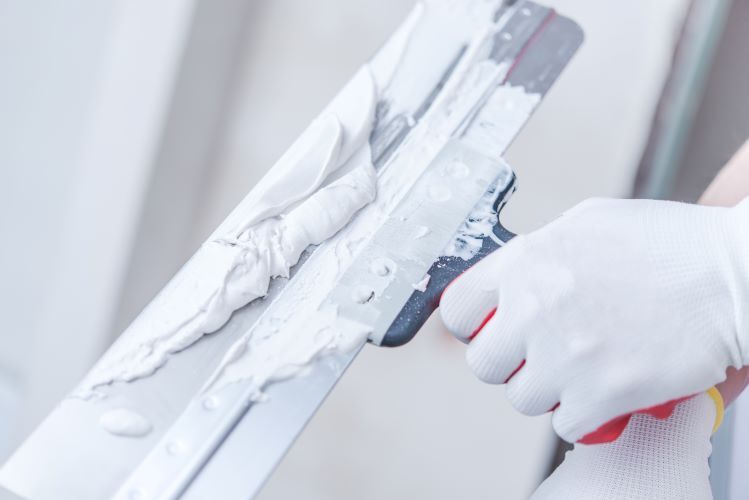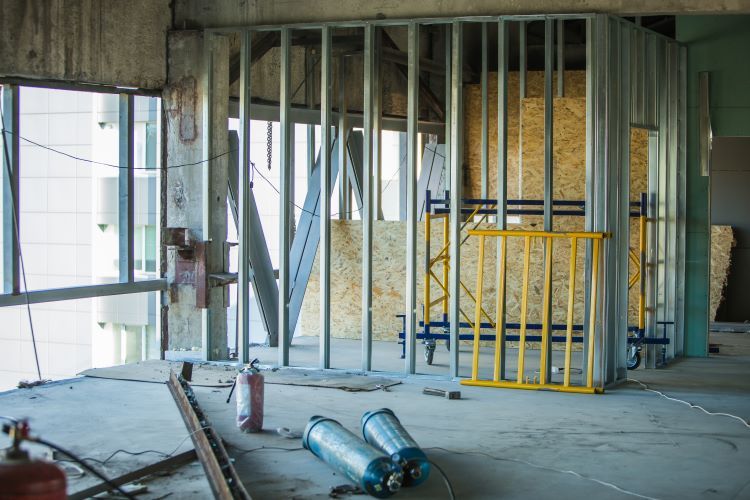How to Choose the Right Drywall Thickness for Your Project
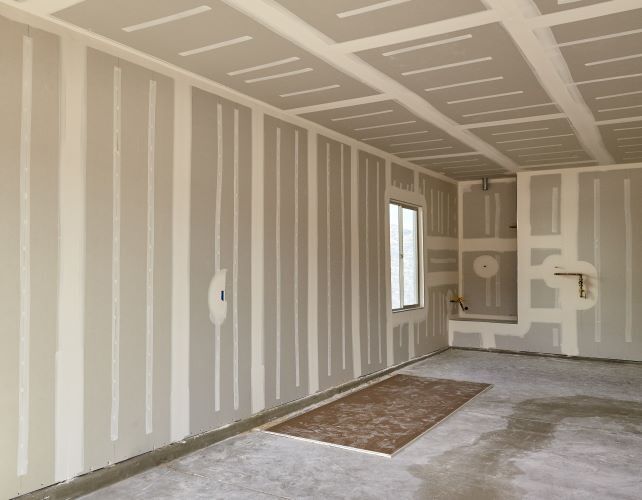
When planning any construction or renovation project, one of the key decisions you’ll need to make is selecting the right drywall thickness. This choice plays a significant role in the overall quality, durability, and functionality of your walls or ceilings. At London Drywallers, we understand that choosing the correct drywall thickness can be confusing, especially with so many options available. In this guide, we’ll walk you through the different thicknesses of drywall and help you determine which one is best suited for your project.
1. Common Drywall Thicknesses
Before diving into which thickness is best for your project, it’s important to understand the most common drywall sizes available on the market:
- 1/4-Inch Drywall: This is the thinnest drywall option and is typically used for specialty projects such as curved walls or as a second layer over existing drywall.
- 3/8-Inch Drywall: Slightly thicker than the 1/4-inch variety, this drywall is often used for repairing walls or covering old plaster but is not as commonly used in new construction.
- 1/2-Inch Drywall: This is the most standard thickness used in both residential and commercial construction. It’s versatile and works well for most walls and ceilings.
- 5/8-Inch Drywall: Thicker and more durable, this type is commonly used for ceilings, soundproofing, and areas requiring additional fire resistance, such as garages or utility rooms.
Now that we’ve covered the basic options, let’s explore how to choose the right thickness based on your project’s specific needs.
2. Walls vs. Ceilings: Thickness Considerations
Walls
For interior walls, 1/2-inch drywall is the standard choice. It’s easy to install, provides sufficient strength, and is typically suitable for most rooms in your home or office. This thickness offers a balance between durability and affordability.
However, if you’re installing drywall in high-traffic areas, such as commercial spaces, or in areas where soundproofing is essential, 5/8-inch drywall may be a better option. Its added thickness offers greater sound-dampening properties and increased durability, making it ideal for offices, conference rooms, and shared living spaces.
Ceilings
For ceilings, you’ll want to opt for drywall that can withstand the forces of gravity without sagging over time. 5/8-inch drywall is typically recommended for ceilings because of its strength and ability to resist sagging, especially in rooms with wide joist spacing.
In some cases, if the joist spacing is closer together (such as 16 inches apart), 1/2-inch drywall can be used on ceilings, but the thicker option provides more long-term stability.
3. Fire-Resistant Drywall
In certain areas of your home or commercial building, fire resistance is a crucial factor. Fire-rated drywall, also known as Type X drywall, is usually 5/8-inch thick and is designed with additives that slow the spread of flames. This drywall is commonly used in:
- Garages
- Utility rooms
- Shared walls in multi-family buildings
- Stairwells
If you’re working on a project that involves any of these spaces, choosing 5/8-inch fire-rated drywall is essential for meeting safety codes and protecting the property.
4. Soundproofing and Insulation
If your project involves soundproofing, whether in a home office, studio, or a multi-unit residential building, thicker drywall will provide better noise reduction. 5/8-inch drywall is the best choice for soundproofing, especially when paired with sound-dampening insulation.
Additionally, for exterior walls or basements, you’ll want to combine your drywall with proper insulation to improve the energy efficiency of the building. Thicker drywall can help enhance thermal performance, especially in cold climates like London, Ontario.
5. Curved Walls and Arched Ceilings
If you’re designing a space with unique architectural features like curved walls or arched ceilings, 1/4-inch drywall is the best option. Its thin profile allows for easy bending and shaping around curves, making it ideal for decorative finishes and non-standard designs. However, due to its thinness, it’s not recommended for standard wall construction, and it is typically installed over existing drywall for additional support.
6. Repairing or Layering Over Existing Walls
For renovation projects where you’re repairing or resurfacing existing walls, 3/8-inch drywall can be a practical solution. This slightly thinner option is often used when layering drywall over old plaster walls or covering up imperfections. It’s also useful for repairs in older homes where walls may not align perfectly with modern building standards.
Conclusion
Choosing the right drywall thickness for your project is essential for ensuring a durable, safe, and aesthetically pleasing result. Whether you're working on interior walls, ceilings, fire-rated areas, or unique design features, selecting the correct drywall thickness will enhance the quality and longevity of your project.
At London Drywallers, we specialize in helping homeowners and builders in London, Ontario, make the best drywall choices for their specific needs. Whether you're building from scratch, renovating, or repairing, our team is here to provide expert advice and top-notch installation services.
Contact us today to learn more about our drywall services and how we can help bring your project to life!
